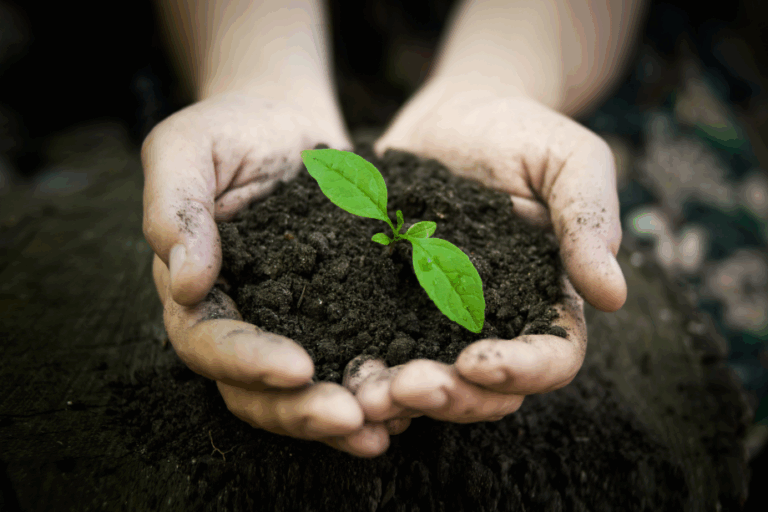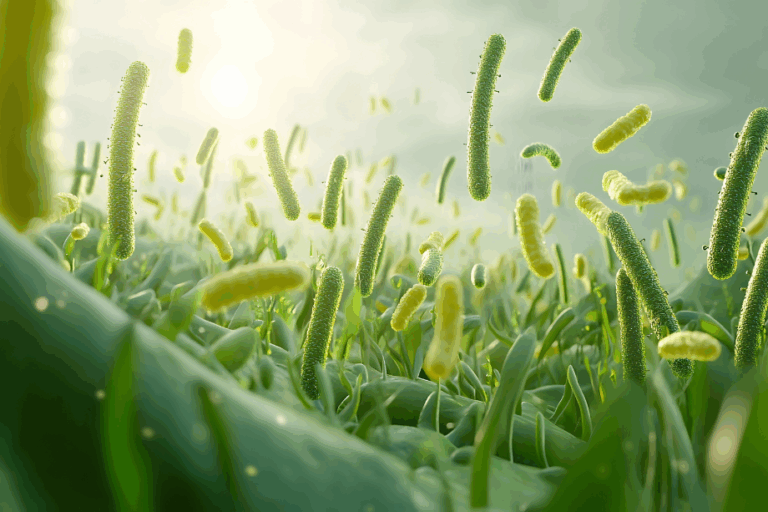The Black Death, also known as Bubonic Plague, appeared in Europe in the mid-1300s on ships arriving at the Italian port of Messina. Sailors covered in black boils oozing blood and pus brought the deadly infection from Asia, and over the next several years, the Black Death would wipe out half the population of Europe. The Italian poet Boccaccio described the scene in terms that sound eerily close to the early days of COVID: “Some shut themselves away and waited for death, others rioted from tavern to tavern. The sickness fell upon all classes without distinction. The rich passed out of this world without a single person to comfort them. The poor fell sick by the thousand and most of them died.”
Yersinia pestis, the bacteria responsible for Plague, infected rats, and could be transmitted to humans by the rats themselves, or by the fleas that lived on them. Sanitation and personal hygiene weren’t the best in 14th century Europe, so humans often harbored these fleas too, facilitating person-to-person spread. Plague was incredibly virulent, killing 4 out of every 5 people it infected. It spread rapidly, in part because no one understood how it was transmitted, and of course, there were no antibiotics to treat Yersinia back then. In European cities in the 1300s, houses were crammed together on narrow streets that also served as public latrines, and many families slept together in one bed or huddled together for warmth on the floor – ideal circumstances for rats and fleas to spread the deadly disease.
There were lots of different theories about what caused Plague – some believed it was a punishment from God, or caused by well water that had been poisoned by those who followed a different religion. Others blamed it on bad air, or a change in position of the planets. These theories led to even stranger attempts at cure, including sitting next to a blazing fire, and the nosegay or posy, which consisted of flowers, herbs or spices, which you would raise to your nose to ward off evil humors. One of the more elaborate cures involved roasting the shells of newly laid eggs and grinding them into a powder which would then be put into a pot of ale with chopped up marigolds and treacle, and drunk morning and night. In a collective effort to relieve the pestilence, thousands of flagellants wearing white robes and carrying heavy crosses roamed the countryside whipping themselves into a religious frenzy in order to beg for God’s forgiveness for perceived prior sins.
Even though no one knew the cause, the wealthy soon realized that escaping crowded cities and moving to the sparsely populated countryside (not dissimilar to well heeled New Yorkers leaving the city for the Hamptons) and other forms of social distancing and isolation were effective ways of halting transmission. The word “quarantine” is actually derived from the Venetian word “quarantena” which referred to the 40 days of isolation required to prevent Plague. Quarantining, social distancing, and improvements in personal hygiene eventually ended the Black Death, but the extreme virulence of Plague helped too: this form of Yersinia was so aggressive that it killed off many of its infected hosts before they could spread the disease to others.
Plague can still be found on almost all continents, and in the last decade there have been thousands of cases worldwide, although nothing that comes close to what it inflicted on the world in the 14th century. Just as Yersinia pestis became less virulent, humans also continue to evolve. Those who survived the Black Death spread their genes and distributed immunity to their descendants. Hundreds of years later, we still see evidence of that immunity: 10% of Europeans are immune to HIV, which is thought to be a side effect of the same genes that helped their ancestors survive the Bubonic Plague.
As our current COVID pandemic slowly shifts to endemic, we’ll likely see similar evolutionary advantages in the offspring of those who are able to resist the virus, which is definitely cause for optimism on the horizon. And as we’ve seen over the last year and a half, those same tactics of social distancing, quarantining, and handwashing that were critical to ending Plague centuries ago still play a huge role today in controlling the spread of COVID.







